Halloween, celebrated each year on October 31, is a blend of ancient customs, folk traditions, and modern celebrations that have come together over centuries. Today, Halloween is marked by costumes, candy, and community events, but its roots trace back to ancient rituals and beliefs. Let’s explore how Halloween came to be and how it’s celebrated in different ways worldwide.
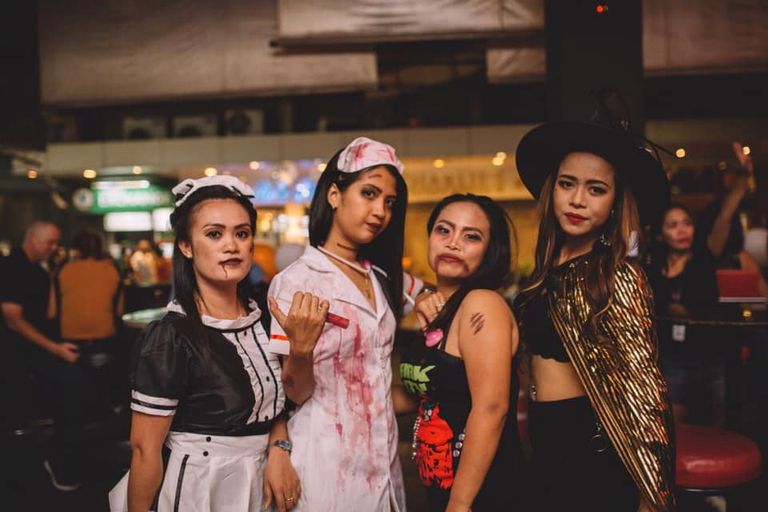

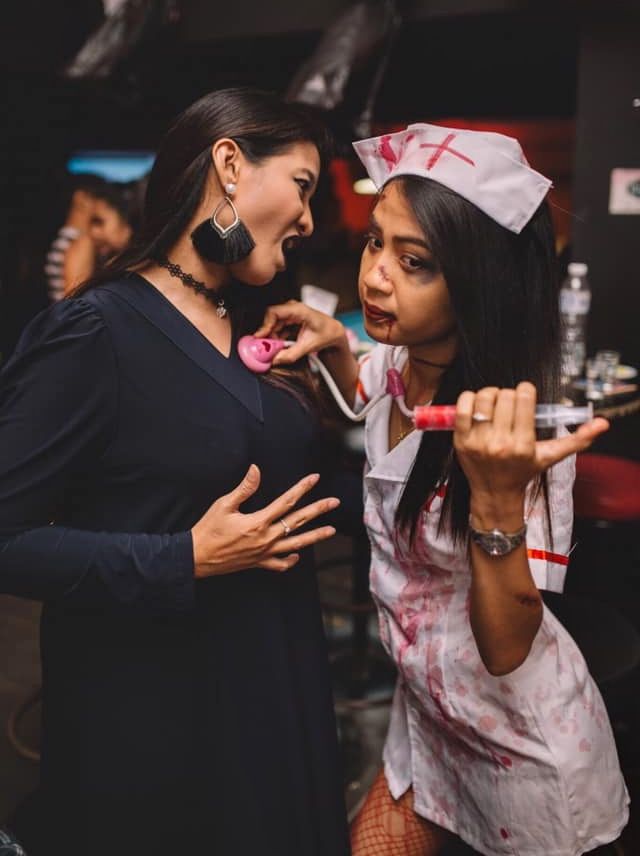
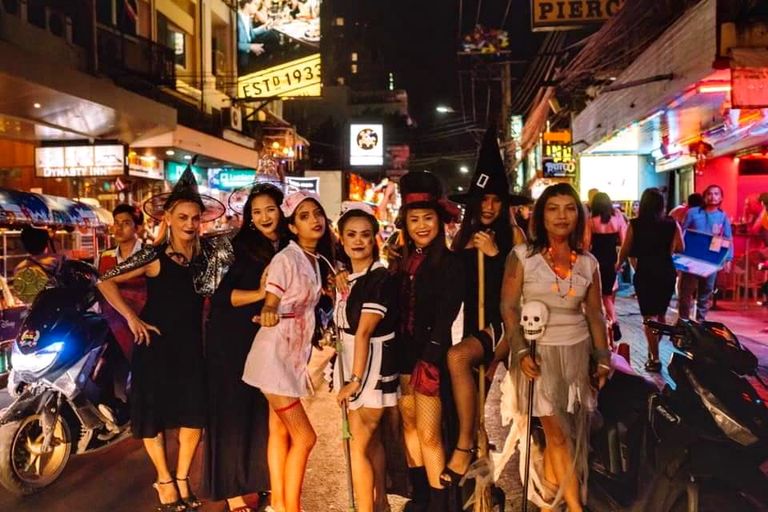
The Origins of Halloween
The origin of Halloween dates back over 2,000 years to the ancient Celtic festival of Samhain (pronounced "sow-in") in what is now Ireland, the United Kingdom, and northern France. Samhain marked the end of the harvest season and the beginning of winter, a time that was often associated with death. The Celts believed that on the night of October 31, the boundary between the worlds of the living and the dead became blurred, allowing spirits to roam freely among the living. Bonfires were lit to ward off malevolent spirits, and people would don costumes, often of animal heads and skins, to disguise themselves and avoid being recognized by wandering ghosts.
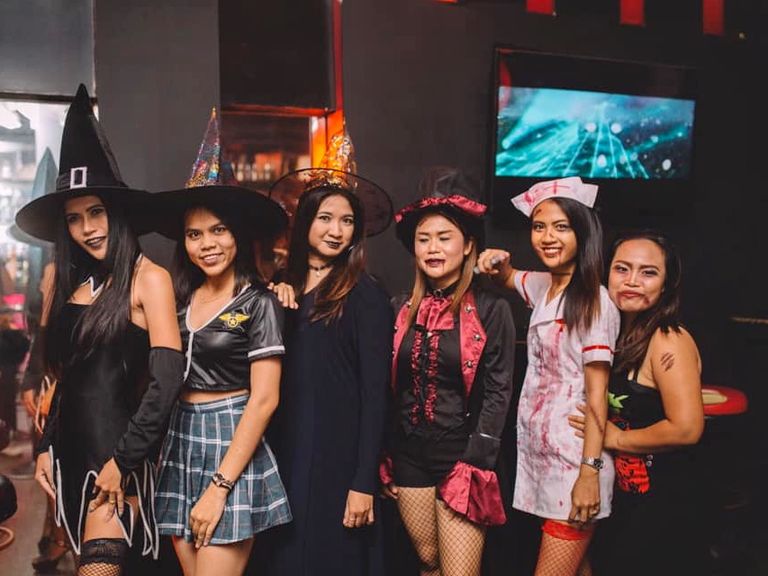
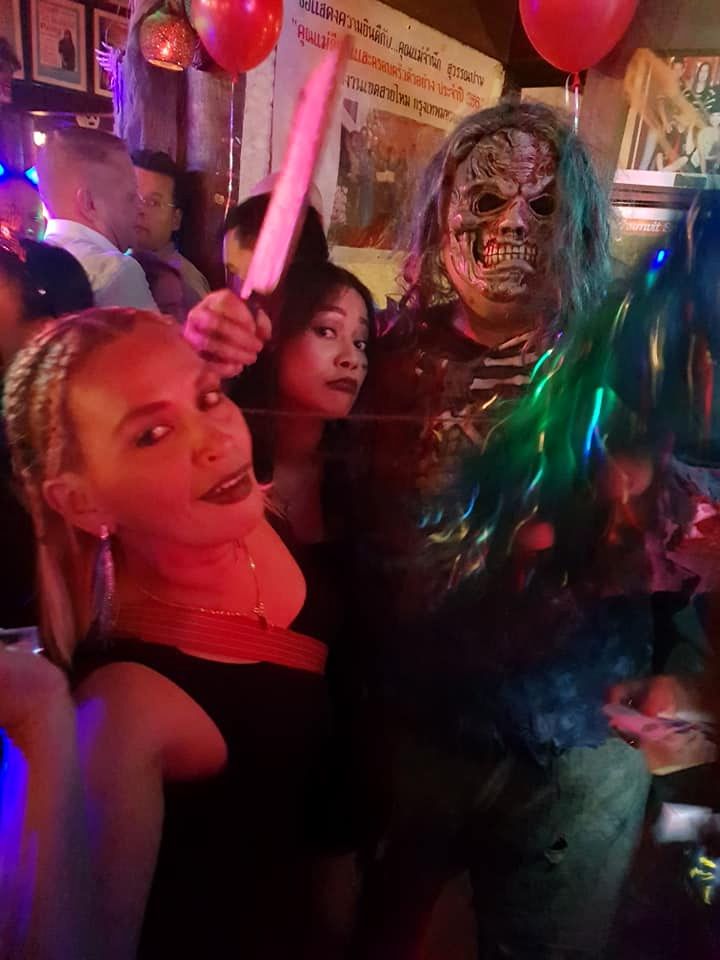
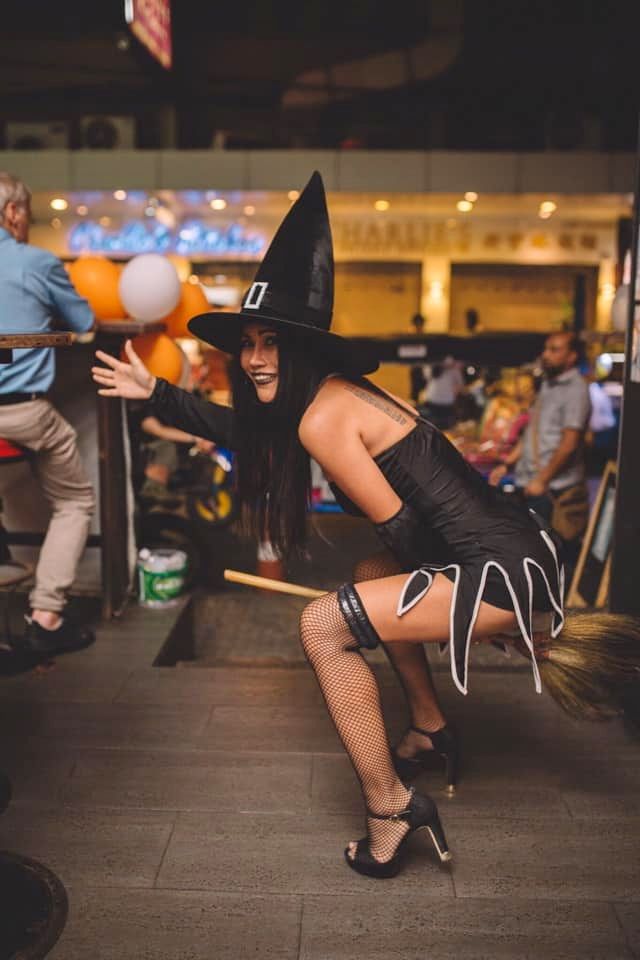
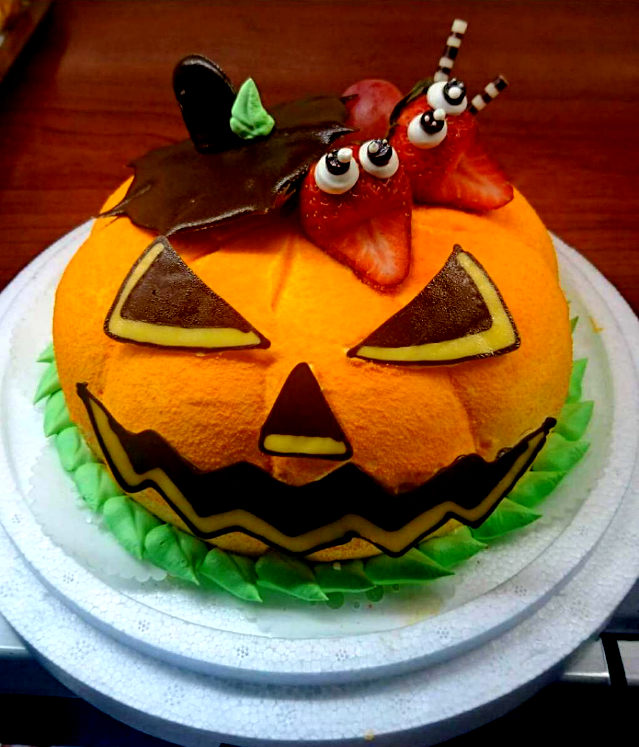
The Influence of Christianity
As Christianity spread across the Celtic regions, it began to merge with local traditions. By the 8th century, Pope Gregory III designated November 1 as All Saints' Day to honor all saints and martyrs. The day before, October 31, became known as All Hallows' Eve, eventually shortened to Halloween. Despite these changes, many of the original Samhain customs persisted, such as the lighting of bonfires and wearing of costumes, blending pagan and Christian practices.
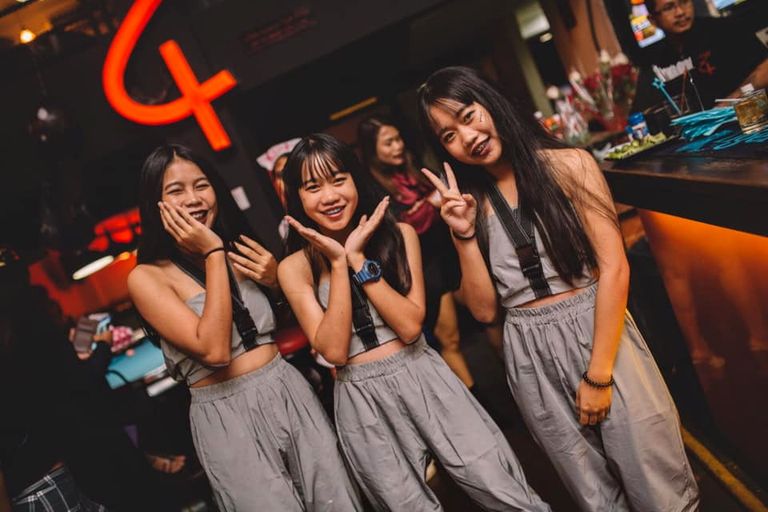
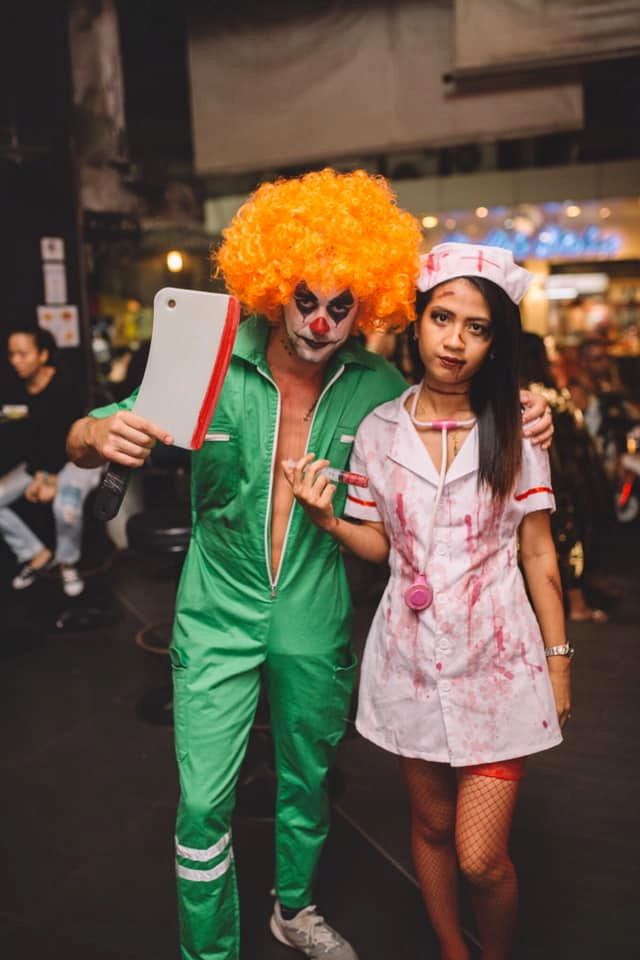
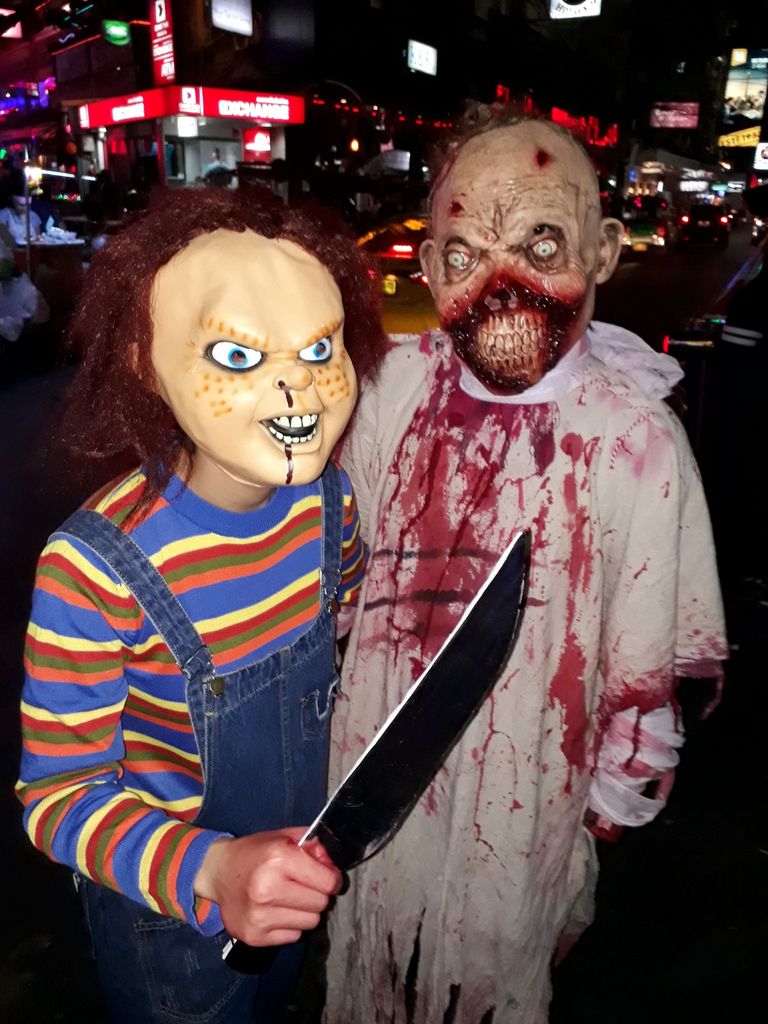
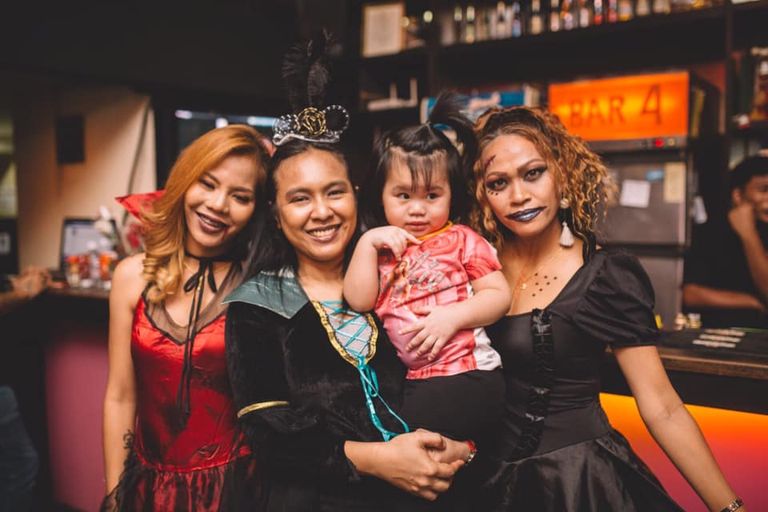
Halloween in America
Halloween was brought to America by Irish and Scottish immigrants in the 19th century. During the Irish Potato Famine in the 1840s, large numbers of Irish immigrants came to the United States, bringing their customs and traditions. By the early 20th century, Halloween became a national celebration with new traditions, including trick-or-treating, where children dress up in costumes and go door-to-door asking for treats.
The rise of Halloween in the United States saw it gradually transition from a night of spiritual significance to a more community-centered celebration. With the addition of fun costumes, parties, games like bobbing for apples, and haunted houses, Halloween evolved into a day for creativity and enjoyment for all ages. Horror films became a Halloween staple, while candy manufacturers saw an opportunity, giving rise to the custom of distributing small candies to trick-or-treaters.


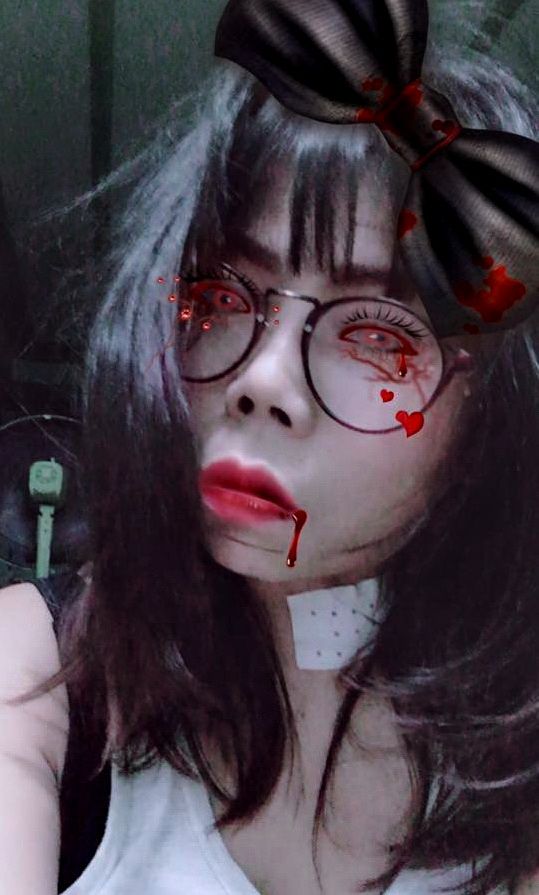
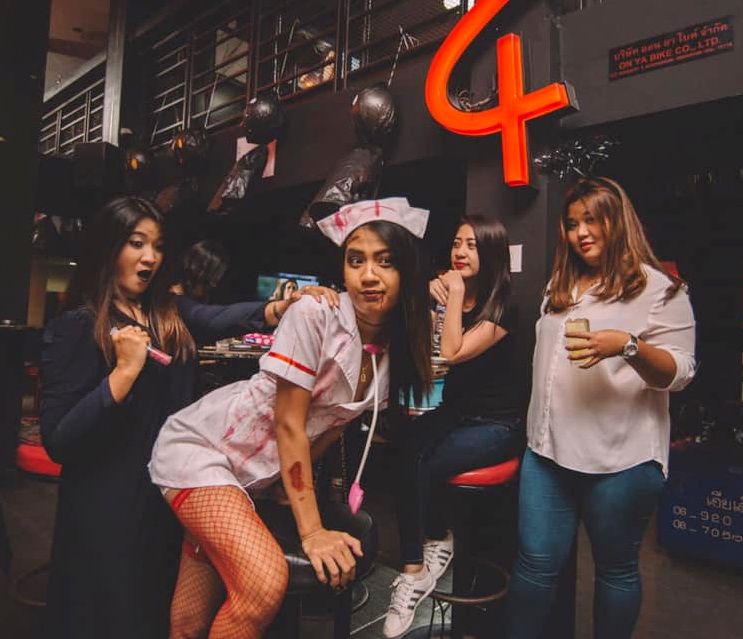
Modern Halloween Celebrations
Today, Halloween is celebrated across the globe, though traditions vary. In the United States, Canada, and the United Kingdom, costumes, parties, and decorations dominate the festivities. Many people now look forward to elaborate costumes, often themed after popular culture figures, horror characters, or historical figures. Pumpkin carving is a beloved activity, with many homes displaying intricately carved jack-o'-lanterns outside. Communities host haunted houses and Halloween-themed events, bringing people together for a night of fun and scares.
In countries like Mexico, Halloween is followed by Día de los Muertos (Day of the Dead), a celebration that honors deceased loved ones with colorful altars, marigold flowers, and decorated sugar skulls. While not identical to Halloween, Día de los Muertos shares the theme of celebrating life and death.
Some places, particularly in Asia, have recently adopted Halloween as a fun and festive event, focusing on costume parties, themed parades, and gatherings. In cities like Tokyo and Bangkok, for example, Halloween celebrations have become popular in recent years, with people donning costumes and participating in themed events, though trick-or-treating is rare.

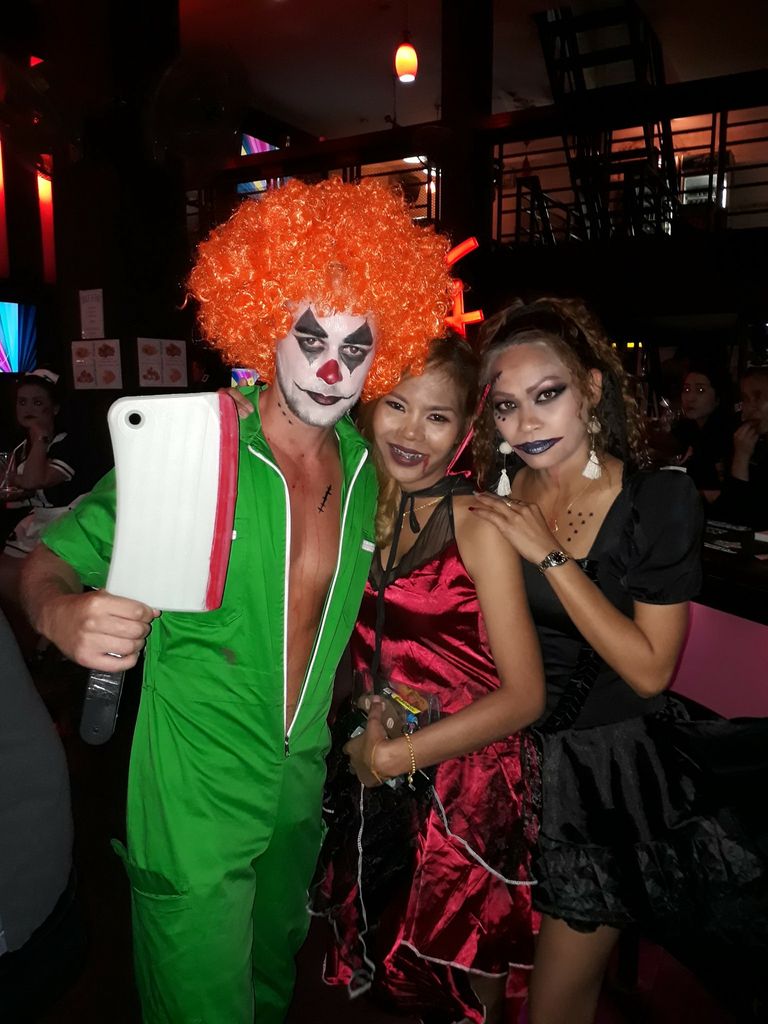
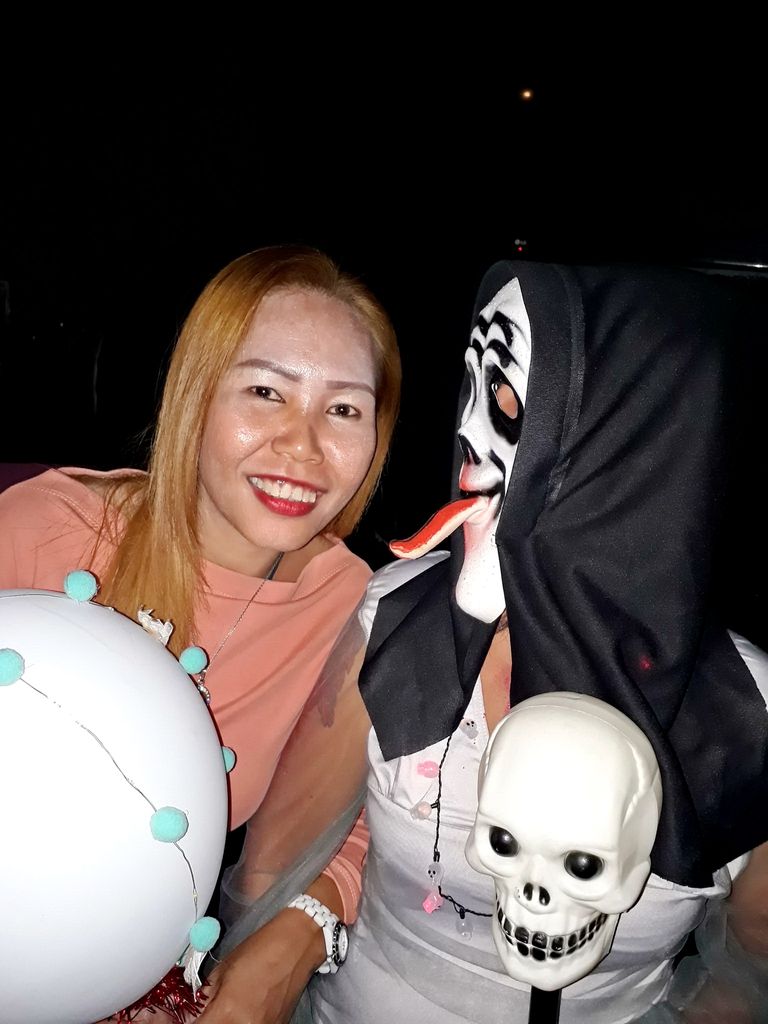
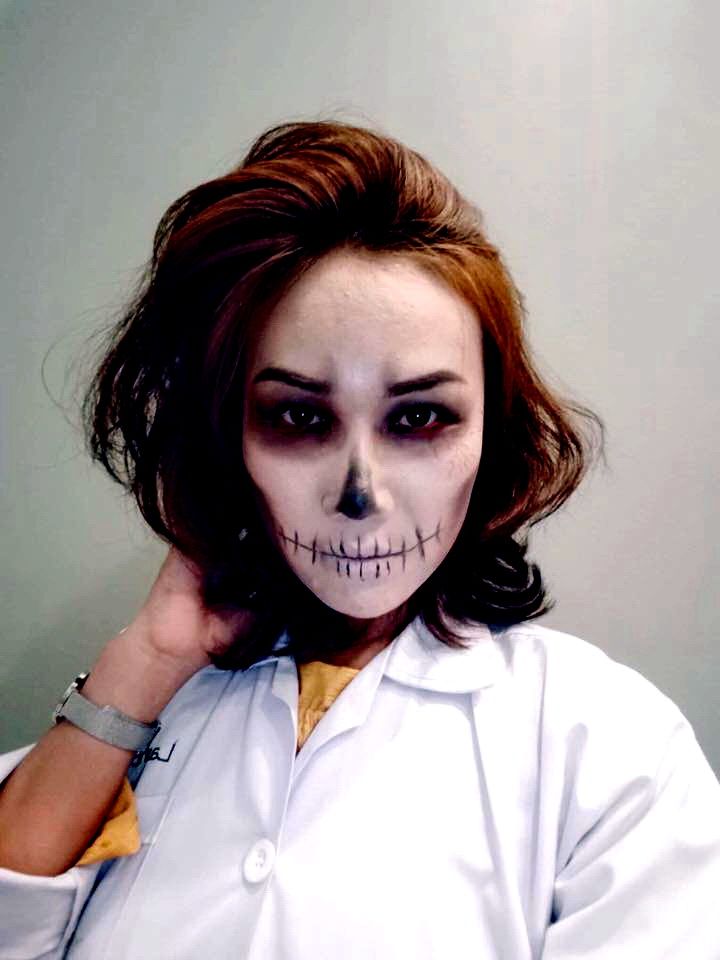
Halloween's Appeal: Why Do We Love It?
Halloween combines elements of mystery, thrill, and fun, appealing to people of all ages. It allows individuals to explore new identities and push the boundaries of their creativity, often through elaborate costumes and haunted attractions. For children, it is a magical night filled with costumes and candy, while adults see it as an opportunity to express themselves and enjoy a shared, thrilling experience with others.
Halloween’s continued popularity speaks to a universal desire for escapism and community. It offers a unique mix of fantasy, humor, and a touch of fear that brings people together, inviting them to celebrate the unknown in a safe, playful way.
In essence, Halloween's journey from ancient ritual to modern-day celebration reveals a story of cultural adaptation and the human inclination to find joy in shared experiences, mystery, and creativity. Whether through trick-or-treating, costume parties, or honoring ancestors, Halloween reminds us that every tradition evolves, leaving room for new meanings and ways to celebrate.

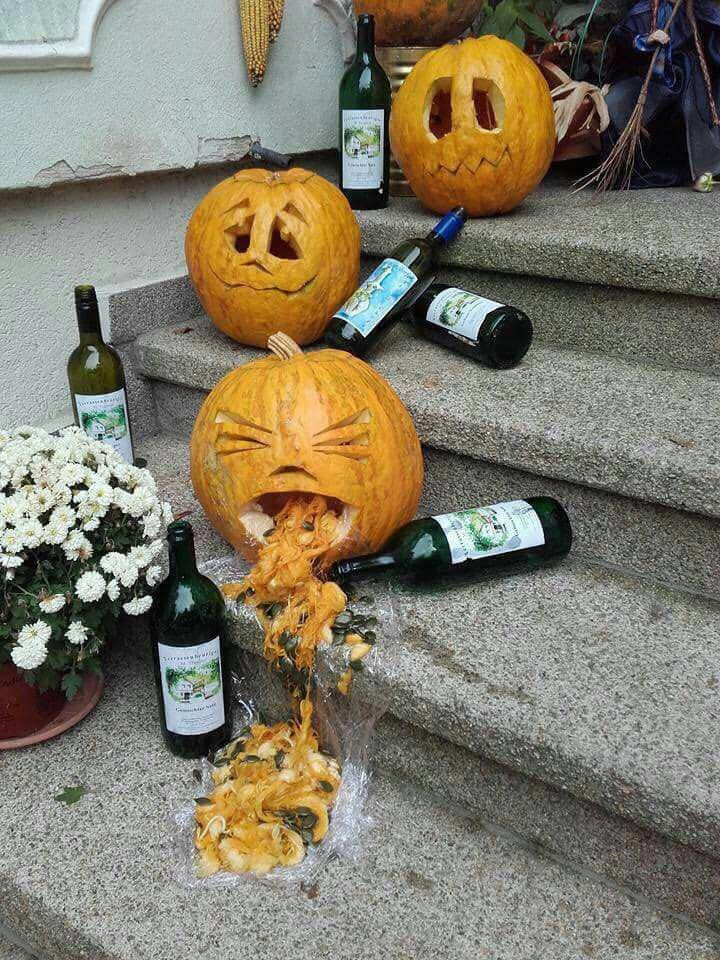
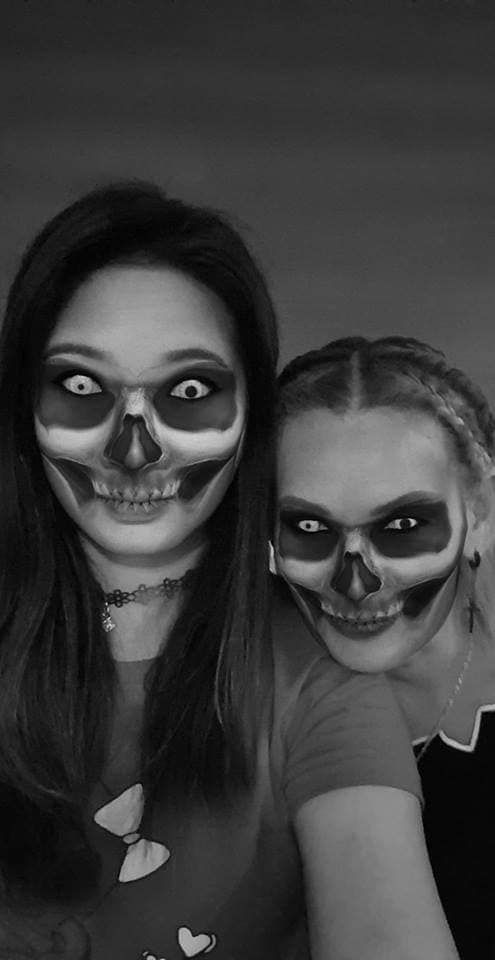
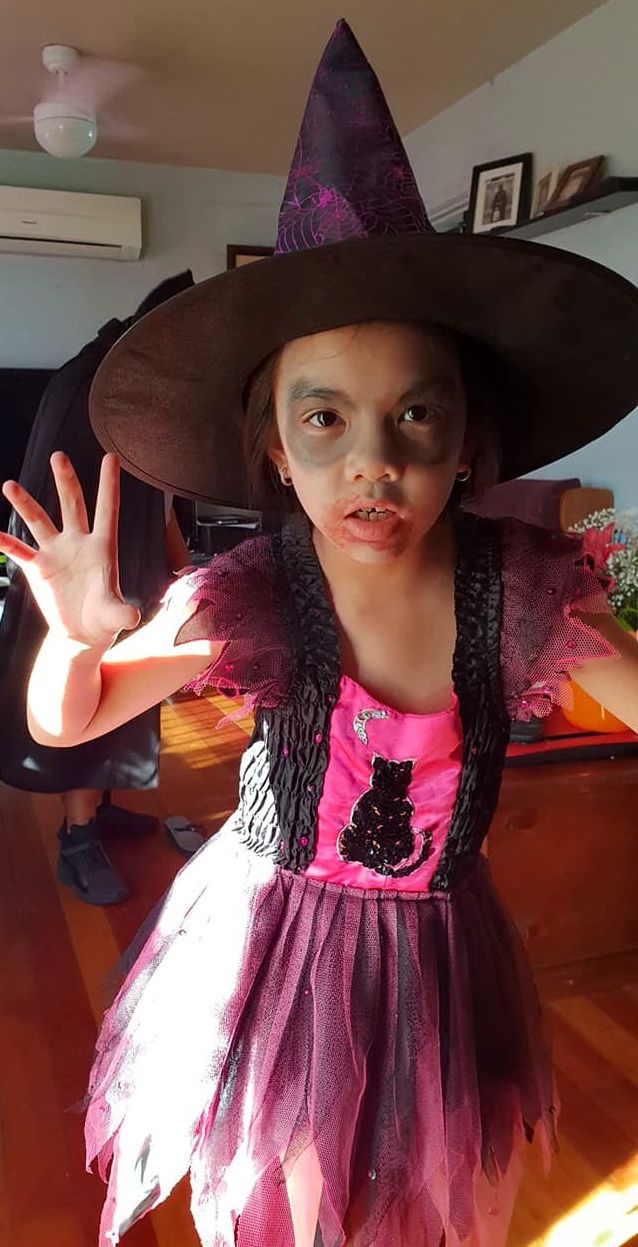




The Origins of Halloween
The origin of Halloween dates back over 2,000 years to the ancient Celtic festival of Samhain (pronounced "sow-in") in what is now Ireland, the United Kingdom, and northern France. Samhain marked the end of the harvest season and the beginning of winter, a time that was often associated with death. The Celts believed that on the night of October 31, the boundary between the worlds of the living and the dead became blurred, allowing spirits to roam freely among the living. Bonfires were lit to ward off malevolent spirits, and people would don costumes, often of animal heads and skins, to disguise themselves and avoid being recognized by wandering ghosts.



The Influence of Christianity
As Christianity spread across the Celtic regions, it began to merge with local traditions. By the 8th century, Pope Gregory III designated November 1 as All Saints' Day to honor all saints and martyrs. The day before, October 31, became known as All Hallows' Eve, eventually shortened to Halloween. Despite these changes, many of the original Samhain customs persisted, such as the lighting of bonfires and wearing of costumes, blending pagan and Christian practices.



Halloween in America
Halloween was brought to America by Irish and Scottish immigrants in the 19th century. During the Irish Potato Famine in the 1840s, large numbers of Irish immigrants came to the United States, bringing their customs and traditions. By the early 20th century, Halloween became a national celebration with new traditions, including trick-or-treating, where children dress up in costumes and go door-to-door asking for treats.
The rise of Halloween in the United States saw it gradually transition from a night of spiritual significance to a more community-centered celebration. With the addition of fun costumes, parties, games like bobbing for apples, and haunted houses, Halloween evolved into a day for creativity and enjoyment for all ages. Horror films became a Halloween staple, while candy manufacturers saw an opportunity, giving rise to the custom of distributing small candies to trick-or-treaters.

Modern Halloween Celebrations
Today, Halloween is celebrated across the globe, though traditions vary. In the United States, Canada, and the United Kingdom, costumes, parties, and decorations dominate the festivities. Many people now look forward to elaborate costumes, often themed after popular culture figures, horror characters, or historical figures. Pumpkin carving is a beloved activity, with many homes displaying intricately carved jack-o'-lanterns outside. Communities host haunted houses and Halloween-themed events, bringing people together for a night of fun and scares.
In countries like Mexico, Halloween is followed by Día de los Muertos (Day of the Dead), a celebration that honors deceased loved ones with colorful altars, marigold flowers, and decorated sugar skulls. While not identical to Halloween, Día de los Muertos shares the theme of celebrating life and death.
Some places, particularly in Asia, have recently adopted Halloween as a fun and festive event, focusing on costume parties, themed parades, and gatherings. In cities like Tokyo and Bangkok, for example, Halloween celebrations have become popular in recent years, with people donning costumes and participating in themed events, though trick-or-treating is rare.

Halloween's Appeal: Why Do We Love It?
Halloween combines elements of mystery, thrill, and fun, appealing to people of all ages. It allows individuals to explore new identities and push the boundaries of their creativity, often through elaborate costumes and haunted attractions. For children, it is a magical night filled with costumes and candy, while adults see it as an opportunity to express themselves and enjoy a shared, thrilling experience with others.
Halloween’s continued popularity speaks to a universal desire for escapism and community. It offers a unique mix of fantasy, humor, and a touch of fear that brings people together, inviting them to celebrate the unknown in a safe, playful way.
In essence, Halloween's journey from ancient ritual to modern-day celebration reveals a story of cultural adaptation and the human inclination to find joy in shared experiences, mystery, and creativity. Whether through trick-or-treating, costume parties, or honoring ancestors, Halloween reminds us that every tradition evolves, leaving room for new meanings and ways to celebrate.




Congratulations, your post has been upvoted by @dsc-r2cornell, which is the curating account for @R2cornell's Discord Community.
Enhorabuena, su "post" ha sido "up-voted" por @dsc-r2cornell, que es la "cuenta curating" de la Comunidad de la Discordia de @R2cornell.